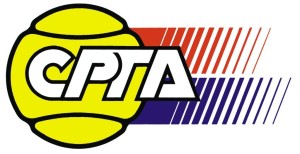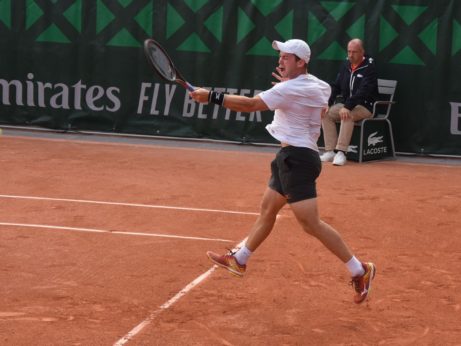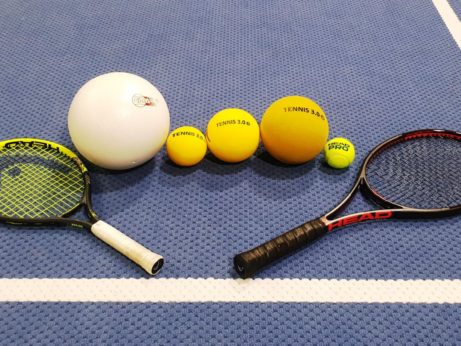Stan Wawrinka – Dominant one-handed backhand 3.0

Stanislas “Stan the man” Wawrinka (*1985 / SUI), who would be seen as the nation’s biggest tennis celebrity in most countries of the world, had to live for quite a long time in the big shadows thrown by none smaller than his genius compatriot Roger Federer (*1981 / SUI). In a relatively small country like Switzerland, the biggest part of the population, the German-speakers, which create a clear population majority, have been and are mostly Roger’s fans since his early breakthroughs. French-speaking Stan could and can count on the support of most French-speakers, which then form less than 25% of the entire Swiss population. The Olympic gold in doubles together with Roger in Beijing (2008), as well as glorious fights on the Swiss Davis Cup team and the first ATP top 10 appearance, have partly increased Stan’s popularity, but the real breakthrough came only with his 3 Grand Slam titles in 2014-2016 and with the winning of the Davis Cup with the Swiss team in 2014. In 2013, Stan Wawrinka was awarded the title Swiss Person of the Year (Roger Federer received it in 2003) and in 2015 he won the award Swiss Sportsman of the year (Federer won it 7 times!)
Quite an interesting fact is that Stan who went to a “Steiner school” was from his early tennis beginnings at the age of 8 (together with his 3 years older brother Jonathan) until 25 years of age developed by one coach, French of Russian origin Dimitri Zavialoff with whom he also spent several winters practicing in Spanish Barcelona. He was, as not being part of the system, for quite long years not among the junior players supported (even) by his regional tennis association. Stan’s first triumphs at the lower level pro events came in 2003 when he also rather surprisingly won the Junior French Open.
One of Stan’s biggest weapons is, since the junior years already, his signature one-handed backhand 3.0, which he plays on a big radius with very dominant long-axis supination, as can be seen below. Such a dominant stroke trajectory of the helix form (3-D action) leading to optimal body energy unloading and thus to dominant racket stability in the space, is made possible also thanks to an early backswing/takeback with a major role of the non-dominant (left) hand and appropriate spacing. The high amount of topspin (mostly well over 40 RPS) makes this stroke difficult to receive for most of the players, including Novak Djokovic who Stan won 2 Grand Slam finals against (French Open in 2015 and US Open in 2016).











This article covers certain aspects of Stan Wawrinka’s one-handed backhand 3.0 and one-handed backhand 3.0 in general only! Further extensive photo galleries and more distinct details about his one-handed backhand 3.0 and other strokes as well as about the strokes of other players are available upon a qualified request at drmgb11(at)gmail.com. Some significant details of this kind, necessary for the peak performance in modern tennis as well as for a sustainable tennis training/development in general, are being discussed also in the seminar “TENNIS 3.0 – Future of the Game”, which is available worldwide upon request – www.tennis30.com / www.tennis30.cz
Photos (June 2019 & October 2019) & text (December 2019) copyright by Dr. Martin G. Baroch. Any further publication of either any of the photos and/or texts with the explicit written permission issued by the author/copyright owner only!! All comments & instructions provided reflect just the personal opinion of the author and neither the author nor the CPTA accepts any responsibility for potential damages, direct or implied, of any kind!!



